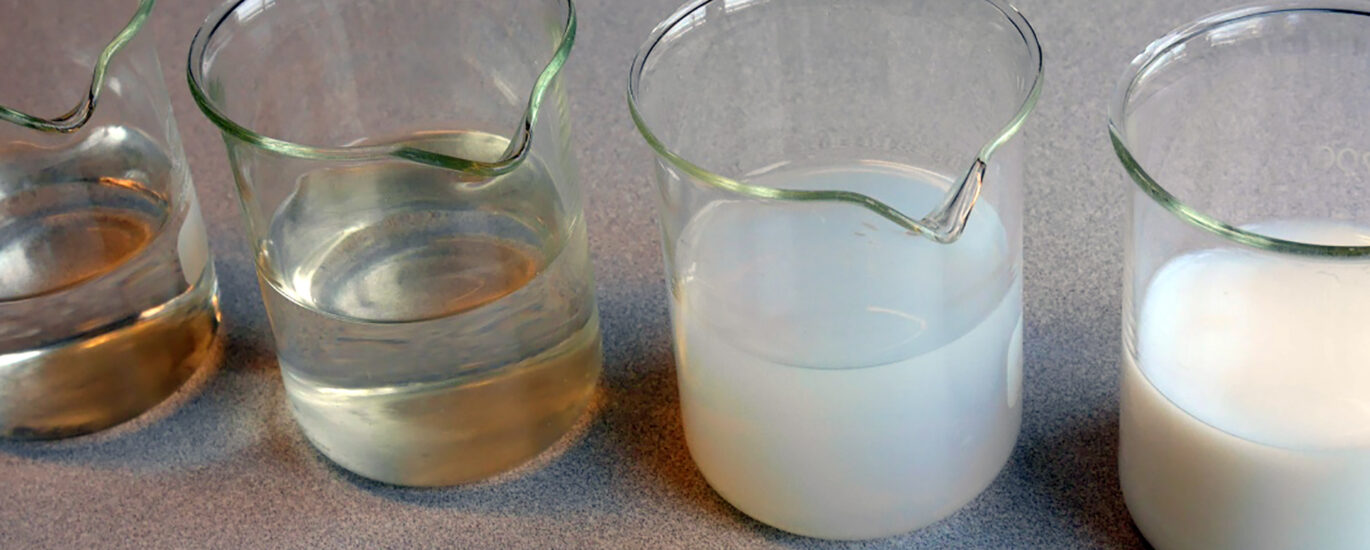In the expanding landscape of advanced materials and industrial chemicals, colloidal silica rarely receives the spotlight it deserves. Most reports tend to emphasize its utility in electronics polishing, coatings, and paints. However, a significantly underappreciated yet critical application lies in its role as a binder in precision casting, especially in industries where perfection is non-negotiable. From jet turbine blades to orthopedic implants, colloidal silica forms the silent foundation that ensures dimensional accuracy and surface integrity. This article explores this niche yet impactful corner of the colloidal silica market and explains how its importance is only growing with evolving manufacturing demands.
𝐌𝐚𝐤𝐞 𝐈𝐧𝐟𝐨𝐫𝐦𝐞𝐝 𝐃𝐞𝐜𝐢𝐬𝐢𝐨𝐧𝐬 – 𝐀𝐜𝐜𝐞𝐬𝐬 𝐘𝐨𝐮𝐫 𝐒𝐚𝐦𝐩𝐥𝐞 𝐑𝐞𝐩𝐨𝐫𝐭 𝐈𝐧𝐬𝐭𝐚𝐧𝐭𝐥𝐲! https://www.futuremarketinsights.com/reports/sample/REP-GB-6499
Understanding the Chemistry and Functionality of Colloidal Silica in Casting Binders
Colloidal silica, a suspension of fine amorphous silica particles in water, behaves uniquely when used as a binder in investment casting or precision mold making. Its particle size, typically in the range of 10 to 100 nanometers, offers a large surface area which enhances the adhesive strength of ceramic shell molds used in investment casting. When used as a binder, colloidal silica enables the mold to develop excellent green and fired strength, meaning the mold maintains its shape both during the drying stage and under extreme casting temperatures.
Unlike organic binders, colloidal silica is inorganic and leaves no carbon residue during burnout, thus supporting a cleaner and more controlled casting environment. Its low volatility and chemical stability are instrumental in producing parts with near-net-shape dimensions, reducing the need for extensive machining or surface finishing. This makes colloidal silica indispensable in industries where tolerances are tight, and performance requirements are rigorous.
Precision Casting Applications: Where Performance Demands Perfection
In investment casting—a subset of precision casting—colloidal silica binders are used to form ceramic shells around wax patterns. These shells, after dewaxing and firing, are filled with molten metals like titanium, nickel alloys, or cobalt-chromium, creating components with complex geometries and fine features. The critical role of colloidal silica here is to ensure mold integrity and thermal shock resistance, both of which are necessary to prevent cracking or deformation during metal pouring.
𝐔𝐧𝐥𝐨𝐜𝐤 𝐂𝐨𝐦𝐩𝐫𝐞𝐡𝐞𝐧𝐬𝐢𝐯𝐞 𝐌𝐚𝐫𝐤𝐞𝐭 𝐈𝐧𝐬𝐢𝐠𝐡𝐭𝐬 – 𝐄𝐱𝐩𝐥𝐨𝐫𝐞 𝐭𝐡𝐞 𝐅𝐮𝐥𝐥 𝐑𝐞𝐩𝐨𝐫𝐭 𝐍𝐨𝐰: https://www.futuremarketinsights.com/reports/colloidal-silica-market
Aerospace is a sector that exemplifies the demanding nature of such applications. Turbine blades, for instance, must maintain aerodynamic performance at extremely high temperatures. These components are cast with molds bonded by high-purity colloidal silica slurry, which delivers the thermal stability and detail reproduction essential to ensure optimal performance. Similarly, in the medical device sector, orthopedic implants require a flawless finish and accurate dimensions to integrate with the human body effectively. Colloidal silica’s contribution to achieving that level of precision in mold formation is foundational.
Case Studies: Aerospace and Medical Innovations Driven by Silica-Based Binders
A real-world example is evident in the manufacturing practices of GE Aviation and Rolls-Royce, both of which use investment casting techniques to produce turbine blades. These components undergo multiple shell-dipping and drying cycles, each facilitated by colloidal silica to build a robust ceramic mold. High-purity colloidal silica ensures that even the tiniest cooling channels and aerodynamic profiles are faithfully reproduced.
In the medical field, companies like Zimmer Biomet and Stryker have integrated investment casting methods that rely on silica-bonded ceramic shells for producing joint replacement components. These parts not only require exceptional dimensional fidelity but also a biocompatible surface finish, which can be achieved by casting into molds formed using colloidal silica slurry.
Market Growth Factors and Regional Trends Supporting This Niche Demand
Although not as widely discussed in market summaries, the demand for colloidal silica in investment casting is quietly rising, supported by the increasing complexity of industrial parts and the trend toward lightweight metal components. According to Future Market Insights, high-performance materials will drive end-use sector growth which will expand the market from USD 282.6 million in 2025 to USD 398.7 million by 2035 at a rate of 3.5% CAGR throughout the forecast period.
Asia-Pacific countries, particularly China and India, are emerging as hotspots for precision casting using colloidal silica due to the growth of domestic aerospace manufacturing and automotive component export. European foundries are also pivoting toward silica-based binders to meet increasingly stringent environmental and quality regulations. While polishing and coatings still command the majority share in colloidal silica applications, the precision casting sector exhibits a strong compound annual growth rate (CAGR), particularly in high-purity grades.
General & Advanced Materials Industry Analysis: https://www.futuremarketinsights.com/industry-analysis/general-and-advanced-materials
Future Pathways and Untapped Opportunities in Precision Casting
Colloidal silica is more than just an industrial chemical—it is a precision enabler. In the high-stakes environments of aerospace, medical, and defense manufacturing, its role as a binder in ceramic mold formation is indispensable. As industries continue to chase tighter tolerances, lighter materials, and cleaner processes, the importance of colloidal silica in precision casting will only grow.
Emerging technologies such as additive manufacturing combined with investment casting are also likely to increase the demand for colloidal silica-based slurries. With its ability to deliver exceptional performance in challenging conditions, colloidal silica has moved from the periphery to the core of precision manufacturing strategies. For stakeholders in the market, recognizing and investing in this underexplored application could offer a significant competitive advantage.






